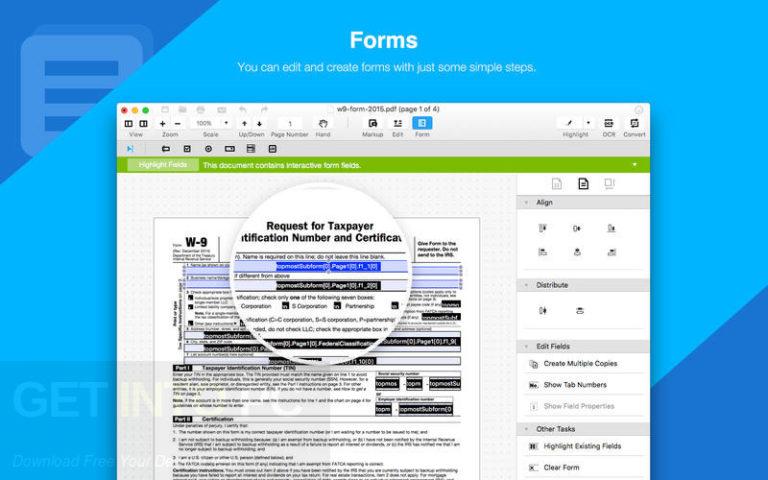
#Pdf elements pro help pdf#
Pdfid.py and pdf-parser.py are two PDF tools by Didier Stevens written in Python. I'll not give a usage example here, but only a link to its documentation: It can be used interactively to "browse" the objects and streams contained in a PDF. Its original purpose was for research and dissection of PDF-based malware, but I find it useful also to investigate the structure of completely benign PDF files. PeePDF is a Python-based tool which helps you to explore PDF files. Use it like this to uncompress PDF streams: podofouncompress orig.pdf uncompressed-podofo.pdf


PoDoFo is an FreeSoftware/OpenSource library to work with the PDF format and it includes a few command line tools, including podofouncompress. The following command does also uncompress streams and makes them more easy to inspect through a text editor: mutool clean -d orig.pdf uncompressed-mutool.pdf There is also the mutool command line tool which comes bundled with the MuPDF PDF viewer (which is a sister product to Ghostscript, made by the same company, Artifex). Most of the previously compressed (and hence, binary) bytes will now be plain text. Then just open + inspect the uncompressed-qpdf.pdf file in your favorite text editor. Qpdf describes itself as a tool that does "structural, content-preserving transformations on PDF files".

Use qpdf to uncompress (most) object's streams and also dissect ObjStm objects into individual indirect objects: qpdf -qdf -object-streams=disable orig.pdf uncompressed-qpdf.pdf
#Pdf elements pro help mac os#
All of the tools below work on Linux, Mac OS X, other Unix systems or Windows. Besides the GUI-based tools mentioned in the other answers, there are a few command line tools which can transform the original PDF source code into a different representation which lets you inspect the (now modified file) with a text editor.


 0 kommentar(er)
0 kommentar(er)
